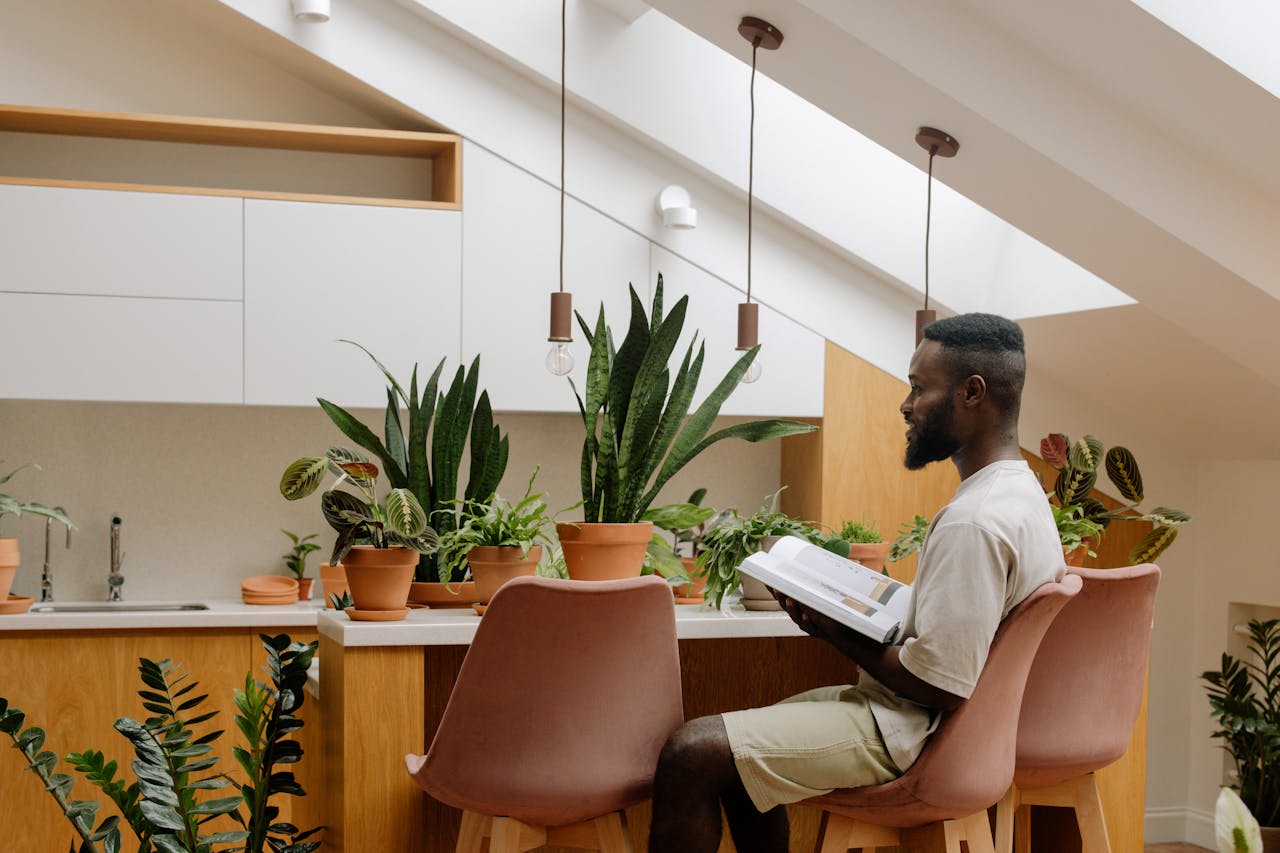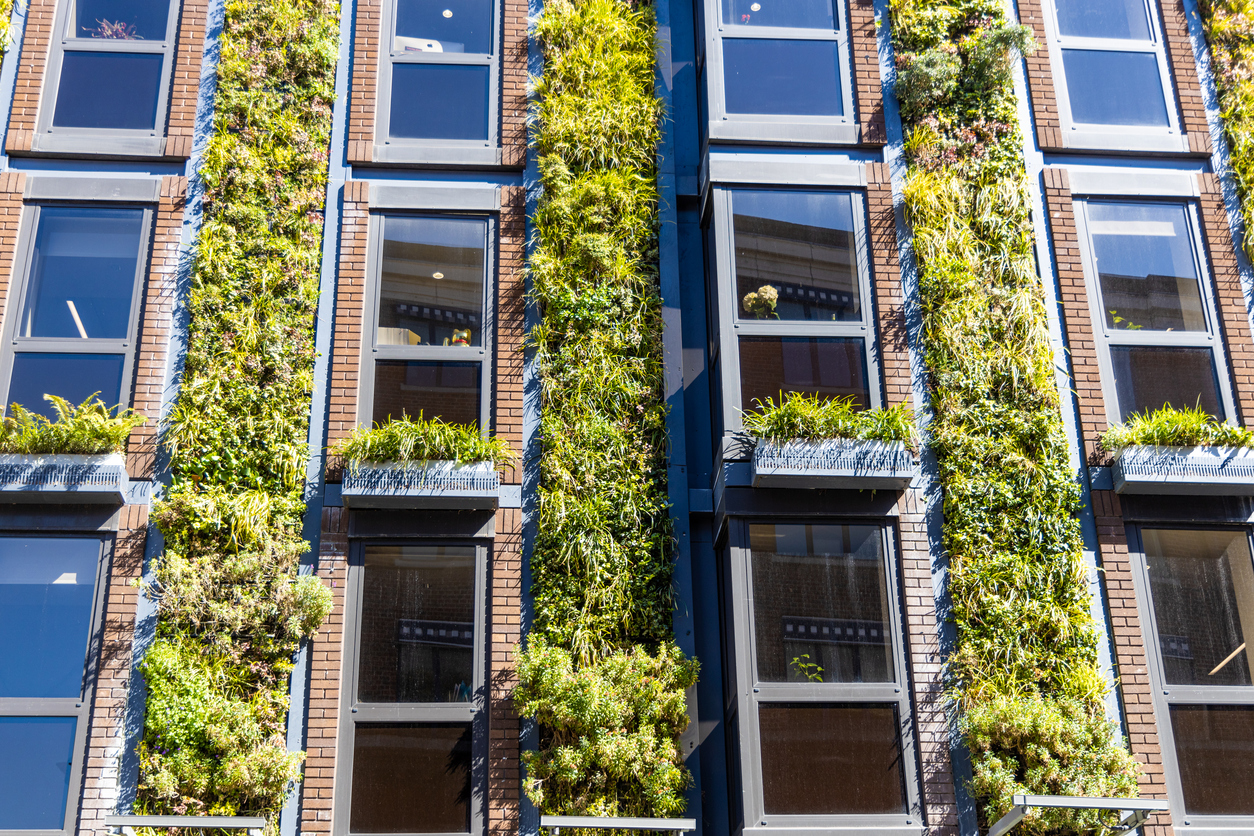Your home’s air quality is more important than you might think. It affects your health, energy levels and sleep. Knowing how to improve in-home air quality naturally starts with understanding where pollution comes from. Indoor pollutants come from everyday items that release harmful chemicals. Outdoor pollutants sneak in through windows and ventilation systems.
The good news is sustainable architecture helps reduce pollution by using eco-friendly materials, optimizing airflow and incorporating passive design strategies. These smart choices keep harmful pollutants out while letting fresh, clean air in — so your home becomes a healthier living space.
Household Pollution Sources
Indoor air quality affects everything from your energy levels to your long-term health, and you might not realize what’s polluting it. Volatile organic chemicals (VOCs) from furniture and paints, carbon monoxide from gas appliances, mold from moisture buildup and everyday dust contribute to indoor pollution. Unfortunately, around 2.1 billion people worldwide still cook using open fires or inefficient stoves, releasing harmful smoke and toxins into the air.
Outside, vehicle emissions, industrial pollutants and pollen make their way into your home, which adds to the problem. Poor architectural design can make things worse by trapping pollutants inside through bad ventilation, low-quality building materials and inefficient airflow. However, you can improve indoor air quality standards by making sustainable choices and following passive design strategies.
Architectural Strategies for Pollution Reduction
Designing your home with pollution reduction in mind involves creating a healthier, more sustainable space. Smart architectural strategies can significantly cut down indoor and outdoor pollutants while improving overall air quality.
Sustainable Building Materials
The materials you choose for your home are crucial to indoor air quality. Many conventional building materials and furnishings release harmful chemicals like formaldehyde, which can cause headaches and irritation. To reduce indoor pollution, opt for low-VOC paints and finishes, which minimize toxic fumes and create a safer environment.
Natural materials like bamboo, reclaimed wood and clay plaster look great and avoid off-gassing harmful chemicals. For insulation, nontoxic options like sheep’s wool and cellulose provide excellent thermal protection without the pollutants in synthetic alternatives.
Smart Ventilation Systems
Good airflow is one of the easiest ways to keep your home’s air fresh and free of pollutants. An energy-efficient HVAC system with high efficiency particulate air (HEPA) filters helps trap dust, allergens and harmful particles while keeping your space comfortable. For even better indoor air quality, a mechanical ventilation system with heat recovery (MVHR) brings in fresh outdoor air while maintaining indoor temperatures, so you get clean air without wasting energy.
You can also use cross-ventilation by strategically positioning windows and vents to let fresh air flow naturally into your home. With the right ventilation strategies, you can breathe easier, reduce indoor pollution and create a healthier living space without relying on constant air filtration.
Green Roofs and Living Walls
Adding a green roof or living wall to your home can improve air quality and make your space more sustainable. These natural features absorb pollutants like carbon dioxide and dust while releasing fresh oxygen, helping combat air pollution in urban areas. They also attract birds, bees and butterflies, boosting biodiversity and bringing more life to your surroundings.
Beyond purification, green roofs and walls act as natural insulation. They keep your home cooler in the summer and warmer in the winter, which means lower energy bills. Integrating these eco-friendly solutions creates healthier spaces while contributing to a more breathable environment.
Water Management for Air Quality
Water management keeps your home’s air clean and healthy. Rainwater harvesting and greywater recycling reduce pollutants by minimizing runoff that carries chemicals and debris into the environment. They also provide a sustainable water source for irrigation and other nonpotable uses.
Additionally, having a proper drainage system prevents mold and mildew, which thrive in damp spaces and can lead to musty indoor air and respiratory issues. Monitoring indoor air quality and using water wisely creates a more sustainable and healthier home.
Passive Design Strategies for a Cleaner Indoor Environment
Creating a healthier home doesn’t always require high-tech solutions. Passive design strategies can naturally improve air quality while reducing your environmental footprint. Here are tips on creating a fresh, comfortable, pollutant-free space without relying on excessive energy use.
Natural Ventilation
Good airflow is one of the easiest ways to keep your home feeling fresh and free of pollutants. Designing your space with large, strategically placed windows can maximize natural ventilation and allow fresh air in while pushing stale, contaminated air out. Atriums, vents and open floor plans also help improve circulation, reducing the buildup of indoor pollutants.
If you have central air, don’t overlook your ductwork. Dust and debris can accumulate over time, recirculating allergens and lowering air quality. Experts recommend cleaning your ducts every 7 to 10 years to remove buildup and ensure you breathe cleaner, healthier air daily.
Indoor Plants
Bringing houseplants into your home is important for more than aesthetics. These natural purifiers help remove toxins and improve overall air quality. Studies show indoor plants can reduce airborne microbes by up to 50%, making your space healthier by filtering out dust, mold spores and common pollutants.
One of the best air-purifying plants is the snake plant, which absorbs toxins like formaldehyde and benzene. The peace lily is known for removing airborne pollutants while adding moisture to the air. Adding a few strategically placed plants creates a fresher, cleaner home environment.
Sunlight and Thermal Regulation
Maximizing natural light in your home is a simple and effective way to improve air quality and boost energy efficiency. Sunlight has natural antibacterial properties that help reduce mold and bacteria growth, keeping your indoor environment fresher and healthier. Harnessing natural light can make your house more energy-efficient through passive solar heating and cooling.
Moreover, well-placed windows, skylights and reflective surfaces can warm your space in the winter. Meanwhile, shading and ventilation techniques help keep it cool in the summer.
Nontoxic Interior Choices
The furniture and fabrics in your home might affect indoor pollution more than you realize. Toxic gases in the air can latch onto tiny particles, which can settle into carpets and rugs, creating hidden pollution traps.
Choosing eco-friendly furniture and textiles — like organic cotton, wool or hemp — helps reduce exposure to harmful chemicals while making your space more sustainable. It’s also smart to skip synthetic carpets, which trap pollutants, release chemicals and lower indoor air quality. Making the switch to natural, nontoxic materials creates cleaner, fresher spaces.
Building a Healthier Future with Sustainable Home Design
Investing in sustainable products and passive design strategies improves your long-term health by reducing exposure to pollutants, enhancing air quality and creating a more comfortable living space. Adopting even one eco-friendly strategy — like better ventilation, natural materials or green landscaping — can help you take a step toward a healthier home.
Source link
Rose Morrison biofriendlyplanet.com



